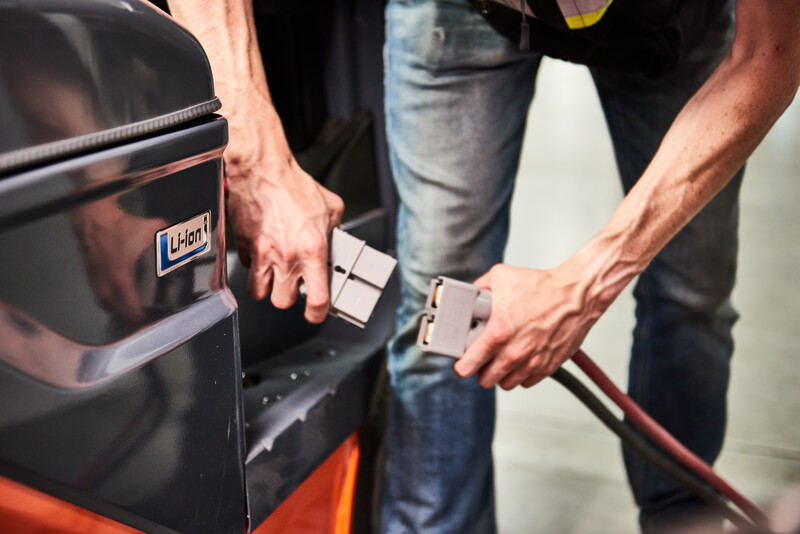In today’s fast-paced warehouse and logistics environments, A Toyota electric forklift stands out as a reliable workhorse, offering efficiency, durability, and eco-friendly operation. However, like any electric equipment, ensuring optimal performance and longevity requires proper charging and maintenance practices. In this guide, we’ll explore some essential tips to help you get the most out of your Toyota electric forklift’s charging system.
1. Follow Manufacturer Guidelines: Toyota provides specific guidelines for charging their electric forklifts. These guidelines are designed to maximize battery life and performance. Make sure to familiarize yourself with these recommendations and adhere to them diligently.
2. Utilize the Right Charger: Using the correct charger is crucial for efficient charging and battery longevity. Toyota offers chargers specifically designed for their electric forklifts. Ensure that you’re using the charger model recommended for your forklift’s battery specifications.
3. Charge in a Suitable Environment: Ideally, charge your Toyota electric forklift in a clean, well-ventilated area with stable temperatures. Avoid charging in extreme temperatures or dusty environments, as these conditions can affect battery performance and lifespan.
4. Implement Opportunity Charging: Take advantage of opportunity charging during breaks or downtime to keep your forklift powered throughout the workday. However, be cautious not to overcharge the battery, as this can lead to overheating and damage. Follow recommended charging times and intervals provided by Toyota.
5. Monitor Charging Cycles: Keep track of the number of charging cycles your forklift’s battery undergoes. Over time, batteries degrade with each cycle, so it’s essential to monitor usage and plan for battery replacement when necessary. Toyota electric forklifts often come with battery management systems that provide insights into battery health and usage patterns.
6. Avoid Deep Discharges: Minimize deep discharges of the battery whenever possible. Deep discharges can accelerate battery degradation and reduce overall lifespan. Encourage operators to recharge the forklift at opportune moments rather than waiting until the battery is nearly depleted.
7. Inspect Charging Equipment Regularly: Periodically inspect the charging equipment, including cables, connectors, and charging ports, for any signs of damage or wear. Address any issues promptly to prevent potential safety hazards and ensure consistent charging performance.
8. Train Operators Properly: Proper training for forklift operators is essential for efficient charging practices. Educate operators on the importance of following charging protocols, including proper plug-in procedures, avoiding overcharging, and recognizing signs of battery issues.
9. Schedule Preventive Maintenance: Regular maintenance is key to prolonging the lifespan of your Toyota electric forklift’s battery and charging system. Schedule routine inspections and maintenance checks to identify and address any potential issues early on.
10. Invest in Battery Management Technology: Consider investing in advanced battery management technology or software solutions that can help optimize charging schedules, monitor battery health in real-time, and provide predictive maintenance insights.
By following these charging tips, you can ensure that your Toyota electric forklift operates at peak performance, maximizing productivity and efficiency while extending the lifespan of your equipment investment. Remember, efficient charging practices not only benefit your bottom line but also contribute to a safer and more sustainable workplace environment.
